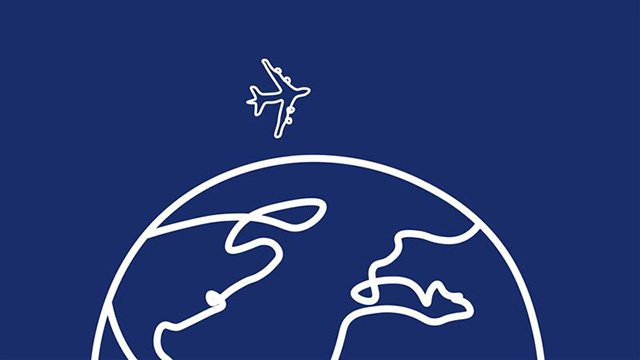The 2019-nCoV coronavirus has become a global health crisis as the infection continues to spread rapidly. As of Feb. 3, it has sickened more than 17,000 and left more than 350 dead.
The respiratory illness has been recorded in almost two dozen countries and four U.S. states, including Illinois, which also had the first human-to-human transmission in the country. Most of these people had traveled from Wuhan, China, the epicenter of the epidemic. It should be noted that all regions of China have now reported documented 2019-nCoV infections.

On Jan. 30, the World Health Organization declared the coronavirus outbreak a Public Health Emergency of International Concern. Also on Jan. 30, the U.S. Department of State raised the Travel Advisory for China to a Level 4: Do Not Travel.
Many airlines have discontinued all or most flights to and from China. Hong Kong has blocked all railroad, air and road traffic into its territory. Even Facebook said it would take steps to prevent the spread of misinformation regarding the epidemic.
This is a significant global health disaster. Basically, this is the next SARS-like epidemic, although fatality rates appear to be lower, but infection rates higher.
Since the first cases of 2019-nCoV coronavirus were identified, there were more cases in one month than had been reported for SARS, in 2003, or MERS, another potentially fatal coronavirus first discovered in 2012 and affecting people in parts of the Middle East.
There is no treatment for this coronavirus, although many national health systems are in a stronger position today than they were when SARS appeared 18 years ago. The U.S. public health system remains fragmented, however, with little change over the past 10 years.
This is a significant global health disaster.”
Coronaviruses are a large family of viruses common in many animal species. In some cases, animal coronaviruses can infect people and then spread person to person, as with SARS and MERS. Coronaviruses frequently are associated with the common cold, a relatively benign condition.
This latest coronavirus, 2019-nCoV — first detected in Wuhan in December 2019 — is part of a rising tide of global infectious disease outbreaks.
There are three main factors contributing to the more frequent and faster spread of emerging infectious diseases around the world.
1. Big cities
Our world population, estimated now to be greater than 7.7 billion, is becoming more urbanized, which expands rates of contact, exposure and transmission of infections.
2. Air travel
International travel has become more frequent than ever.
3. Weather
Rising temperatures and extreme weather events associated with climate change help fuel infectious disease.


